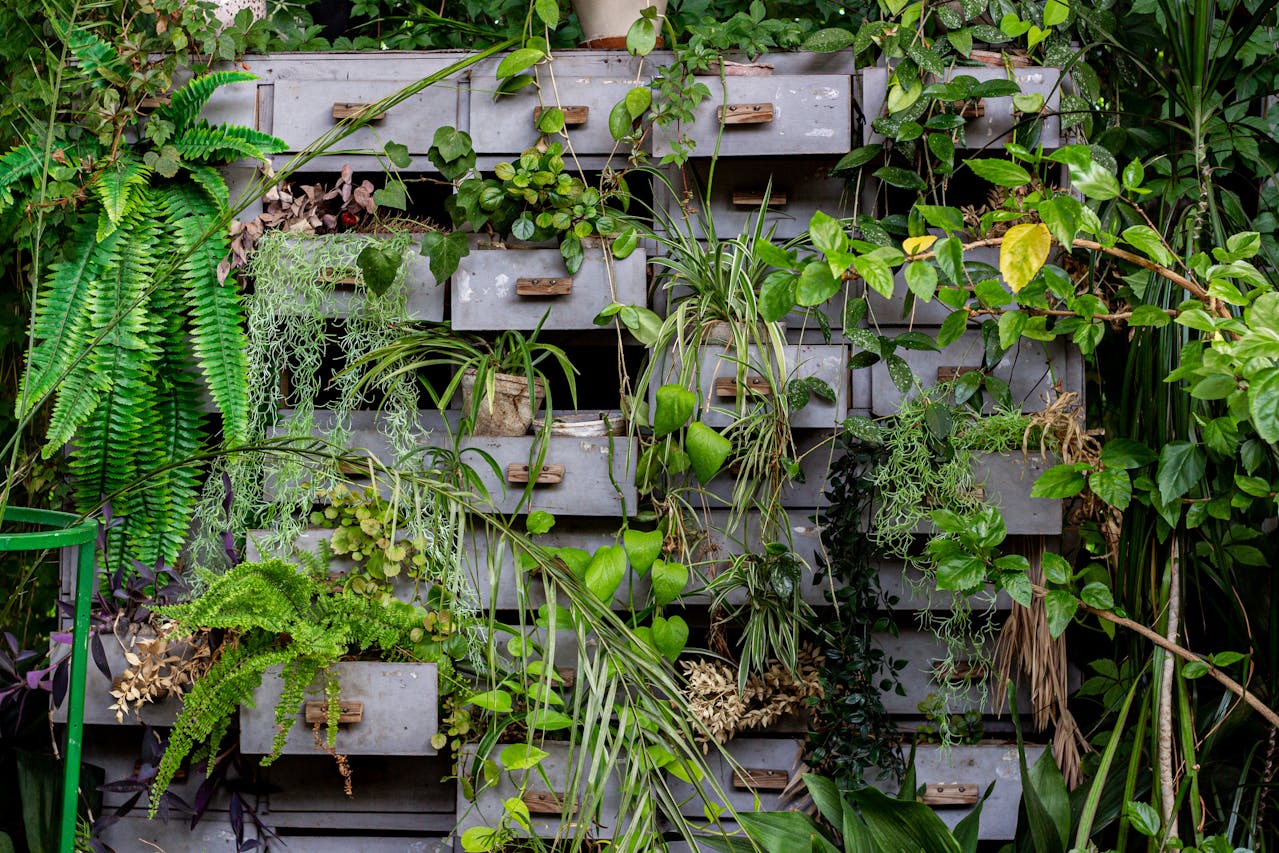How Long Do Plants Live? A Deep Dive into Plant Lifespans
Plants are an essential part of our environment, providing oxygen, food, and shelter while beautifying our surroundings. But have you ever wondered, How long do plants live? The lifespan of plants varies greatly, from a few weeks to thousands of years, depending on their species, growing conditions, and environmental factors.
In this in-depth guide, we will explore the different lifespans of plants, factors affecting their longevity, and how you can help extend the life of the plants in your home and garden.
Table of Contents
Understanding Plant Lifespan
The lifespan of a plant depends on its species, growth habits, and environmental conditions. Some plants complete their life cycle in a single season, while others can live for centuries.
Key Terminology
Germination: The process when a seed sprouts and begins to grow.
Vegetative Growth: The stage where the plant develops leaves and stems but does not yet produce flowers.
Reproduction: When a plant flowers and produces seeds.
Senescence: The aging process leading to the end of the plant’s life.
Types of Plants and Their Lifespans
Annual Plants
Annual plants complete their life cycle within one growing season. They germinate, grow, flower, produce seeds, and die within a single year.
Examples of Annual Plants
Marigold (Tagetes spp.): 4 to 6 months
Sunflower (Helianthus annuus): 3 to 6 months
Tomato (Solanum lycopersicum): 6 to 8 months
Corn (Zea mays): 4 to 5 months
Biennial Plants
Biennial plants live for two years. In the first year, they focus on vegetative growth (leaves and roots), and in the second year, they flower, produce seeds, and die.
Examples of Biennial Plants
Carrot (Daucus carota): 2 years
Parsley (Petroselinum crispum): 2 years
Foxglove (Digitalis purpurea): 2 years
Perennial Plants
Perennial plants live for several years, flowering and producing seeds multiple times throughout their lifespan. Some perennials can live for decades or even centuries.
Examples of Perennial Plants
Roses (Rosa spp.): 10 to 50 years
Hostas (Hosta spp.) – 20+ years
Apple Trees (Malus domestica): 50 to 100 years
Oak Trees (Quercus spp.): 100+ years
Factors Affecting Plant Longevity
Genetics
A plant’s natural lifespan is largely determined by its genetic makeup. Some species, like bamboo, are genetically programmed to die after flowering, while others, like bristlecone pines, can live for thousands of years.
Environmental Conditions
Plants require optimal sunlight, temperature, and air quality for a healthy lifespan. Harsh climates, extreme weather, and pollution can shorten a plant’s life.
Soil Quality
Nutrient-rich soil supports longer plant life.
Poor drainage can lead to root rot and premature death.
Soil pH levels influence nutrient absorption.
Water and Nutrition
Overwatering or underwatering can shorten a plant’s life.
Proper fertilization is essential to prevent nutrient deficiencies.
Pests and Diseases
Fungal infections, bacterial diseases, and pests like aphids and caterpillars can reduce plant lifespan.
Regular maintenance, pruning, and pest control can help extend longevity.
How Long Do Popular Plants Live?
Houseplants
Spider Plant (Chlorophytum comosum): 20+ years
Snake Plant (Sansevieria): 25+ years
Orchid (Orchidaceae): 10-15 years
Garden Flowers
Tulips (Tulipa): 2-3 years
Lavender (Lavandula): 10-15 years
Peonies (Paeonia): 50+ years
Fruits and Vegetables
Strawberry Plants: 5-6 years
Blueberry Bushes: 20-50 years
Banana Trees: 6-25 years
Trees
Cherry Tree: 20-30 years
Maple Tree: 100-300 years
Sequoia Trees: 2,000+ years
Oldest Living Plants on Earth
Bristlecone Pine (Pinus longaeva): 5,000+ years
Pando Aspen Clone (Populus tremuloides): 80,000 years (clonal colony)
King’s Holly (Lomatia tasmanica): 43,000 years (clonal species)
How to Extend the Lifespan of Your Plants
Provide Proper Watering: Avoid overwatering or underwatering.
Use high-quality soil: Ensure good drainage and nutrient availability.
Regular pruning removes dead leaves and encourages healthy growth.
Monitor for pests & diseases: Use organic or chemical treatments as needed.
Ensure Proper Sunlight: Adjust placement based on plant needs.
FAQs
Q1: Can plants live forever?
No, but some clonal species can regenerate indefinitely.
Q2: How long do houseplants typically live?
Most houseplants live between 5 and 50 years, depending on care.
Q3: Which plant has the longest lifespan?
The Bristlecone Pine is the oldest known non-clonal tree, living over 5,000 years.
Conclusion and Further Reading
Plants have fascinating lifespans, ranging from weeks to thousands of years. By understanding their growth cycles, environmental needs, and proper care techniques, you can maximize their lifespan and enjoy a thriving garden or indoor space.
Further Reading:
How to Care for Long-Living Houseplants
Best Practices for Growing Perennial Flowers
Understanding Tree Growth and Longevity
Let us know in the comments what your longest-living plant is and how you’ve kept it healthy!

